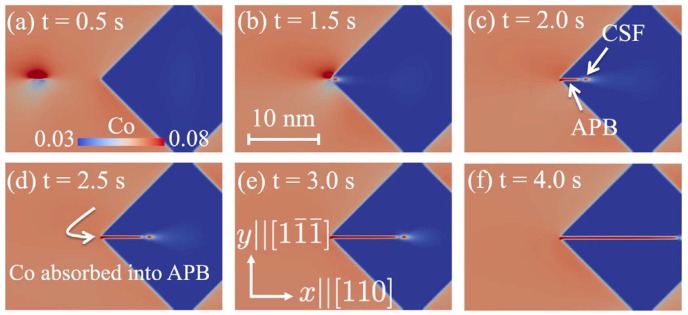ENTEG seminar by Dr Bob Svendsen
| When: | Fr 24-02-2023 10:00 - 12:00 |
| Where: | Energy Academy EA 5159.0291 |
Title: Atomistic-continuum modeling and experimental characterization of defect-solute interaction in metallic alloys
The Multi-Scal Mechanics group, PI - Dr Francesco Maresca, within ENTEG invited Dr Bob Svendsen from RWTH Aachen & Max-Planck Institut für Eisenforschung, Düsseldorf (Germany) to give a seminar at Zernike Campus Groningen.
Abstract:
The interaction between defects (e.g., dislocations, interfaces) and chemistry plays a central role in the determination of the material properties and mechanical behavior of metallic alloy systems. The current work is concerned with comparative modeling and experimental investigation of this interaction at the nanoscopic scale. Of principle interest here are (i) chemical thermodynamics (e.g., second-phase formation) at defects and (ii) solute segregation to defects. Comparative discrete-continuum modeling of these in the current work is based on Monte-Carlo molecular dynamics (MCMD: e.g., [1,2]), diffusive molecular dynamics (DMD: e.g., [3,4]), and microscopic phase-field chemo-mechanics (MPFCM: e.g., [5,6,7]). Whereas MCMD is purely energetic in character, both DMD and MPFCM account for non-equilibrium mass transport determined by both energetics and kinetics. Example applications of these approaches to selected alloy systems together with experimental characterization based in particular on atom probe tomography will be presented and discussed.
As such an example, consider the application of MPFCM to the modeling of defect-solute interaction in the γ - γ’ two-phase nickel superalloy system Ni-Al-Co from [6] shown in the following figure.

In (a), Co segregates to an edge dislocation (core: red-blue) in the Ni-Co g phase (dark tan) gliding toward a Ni3Al γ’ inclusion (dark blue). In (b-c), the Co-decorated edge dislocation interacts with the phase interface and glides into the γ’ inclusion, transforming in the process into a so-called 'super-partial' dislocation (SPD) consisting of an antiphase boundary (APB) and complex stacking fault (CSF). In (c-f), this SPD shears the γ’ inclusion, in the process dragging Co into the inclusion and changing its composition.
